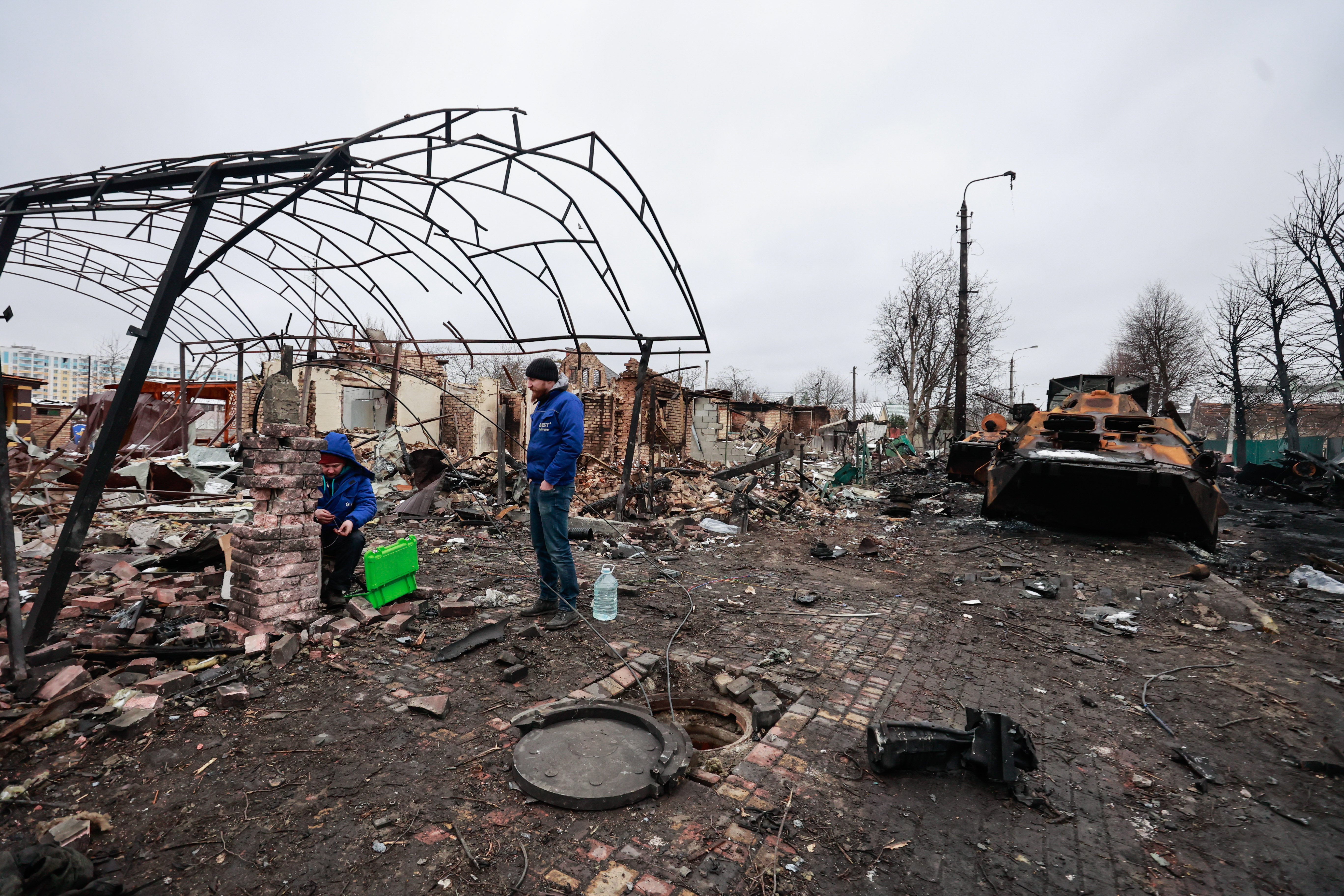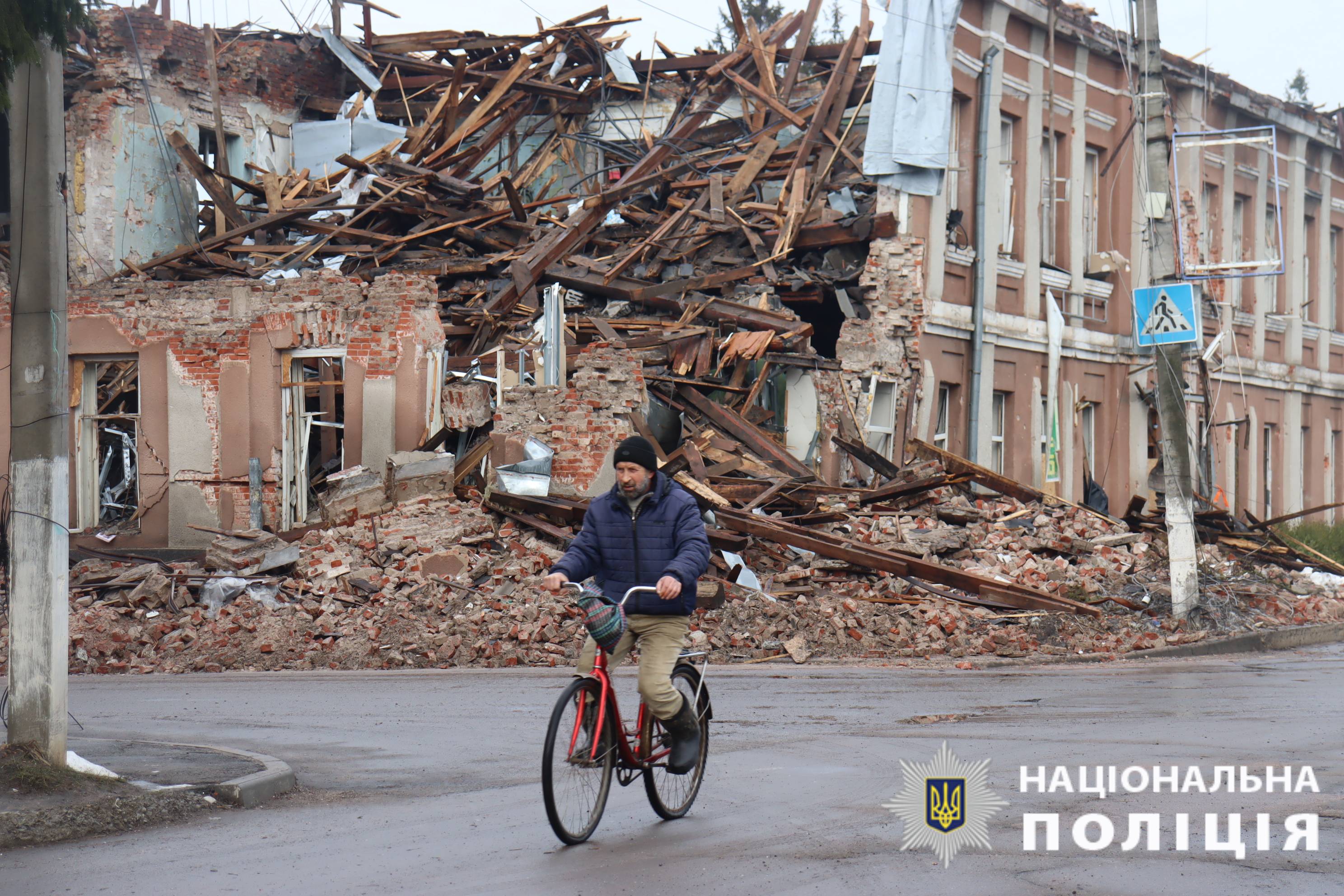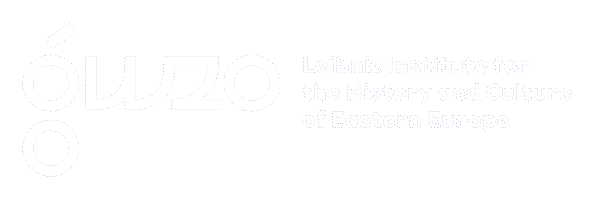How to Talk About the Rebuilding of Ukraine in the Fourth Year of Full-Scale War?
by Anastasiia Bozhenko
How can we talk about rebuilding when destruction continues every day? In the spring of 2022, even as the shock of invasion had barely settled, conversations about Ukrainian reconstruction had already begun. At first, they were a way to cope with trauma and regain a sense of control. But even then, it was clear: rebuilding in a time of war demands a fundamentally different approach—one that addresses not only infrastructure and planning, but memory, participation, and ethics.
These dynamics became especially visible during the workshop "Measuring Destruction, Repair and Reconstruction: A New Building Culture in Ukraine?" held in Leipzig in April 2025. We gathered to reflect on the lessons of the past three years and explore the ethical and practical questions that remain unresolved.
One thing became clear: there is no universal blueprint for rebuilding Ukraine. Each region, each settlement, each building carries its own history and meaning. Attempts to impose a single model often fail to reflect this complexity. Should we repair, rebuild, or let ruins remain as testimony? What is the heritage value of a place: is it officially listed, or is its meaning rooted in local memory and everyday use?
Small-scale repairs are happening now, out of necessity and initiative. They restore housing, reconnect utilities, and return some sense of normalcy. But they also offer an unexpected opportunity to rethink and modernize—if done with care. Still, questions about strategy and priorities remain open. At the Leipzig workshop, keynote speaker Bohdan Cherkes suggested a hierarchy of needs: first, proper burial and commemoration of victims and fallen soldiers; then, the clearance and assessment of ruins; and only then, a broader reconstruction process.

Fig. 1. Repair brigades are trying to restore the internet connection in the city of Bucha, the Kyiv region. March 1, 2022.Photo: Serhii Nuzhnenko (Radio Free Europe/Radio Liberty) / the Collection of war.ukraine.ua
As a researcher, I am particularly concerned with how we approach memory and heritage. What should be preserved, and what should be allowed to disappear? Do we sometimes advocate too strongly for preserving structures, when perhaps we should focus on intangible dimensions of memory? Maybe what matters more is not always the object itself, but the stories it holds: family histories, everyday routines, oral testimonies. These can be preserved through commemorative practices, community archives, or digital collections.

Fig. 2. Building in Vovchansk city (Soborna Street, 98) after Russian shelling. This file comes from the website or social media of the National Police of Ukraine and is licensed under the Creative Commons Attribution 4.0 International License
We also face difficult trade-offs between heritage preservation and economic feasibility. How do we reconcile the removal of communist-era symbols as part of decommunisation with restoration principles and legal frameworks? How do we ensure that people can live in safe and dignified conditions, while also preserving the memory of civilian, volunteer, and military victims, and humanitarian disaster, and on the other hand, pointing to the war crimes of the Russian federation?
Another recurring issue is the imbalance in international cooperation. Achieving meaningful, equal dialogue between Ukrainian and European (in our case, German) partners is more complicated than it may appear. While cooperation is essential, there is a risk of unintentional paternalism or excessive "mentoring". In Leipzig, however, I felt that a more balanced model was achieved, as Ukrainian voices were central in shaping the conversation.
Ultimately, discussing the rebuilding of Ukraine is not just a technical or methodological task—it is an ethical one. We must not forget the communities whose lives and homes are being rebuilt. They must be active participants in shaping their futures, not passive recipients of well-meaning plans. Symbolic and immaterial dimensions of loss must not be dismissed; they are essential for how we will remember and narrate this war.
We are still living through an unfinished event. As Ukrainian cities continue to suffer drone and missile attacks by russian army, new destruction is occurring. Yet even now, we can begin to outline some guiding principles: sensitivity to regional specificity, balanced international cooperation, interdisciplinary collaboration, and genuine civic participation. These are not just good intentions—they are the foundation of a rebuilding process that respects those who are still living through war.
Further readings:
Krieg gegen die Ukraine »Vermessung der Zerstörung« öffentlicher Vortrag und interner Fachworkshop, Leipzig, 3.–4. April 2025. (2025, April). SÄCHSISCHE AKADEMIE DER KÜNSTE. https://www.sadk.de/europa/solidaritaet-mit-der-ukraine
Gubkina, Ie. (2025, May 3). Reconstructing Ukraine: Empowering Communities - Giornale dell'Architettura. Giornale Dell’Architettura. https://ilgiornaledellarchitettura.com/2025/01/01/gubkina-heritage-people-reconstruction-learning-from-ukraine/
Reconstruction - Ammar Azzouz and Ievgenia Gubkina. - Narratives of Destruction. (September, 2023). E-flux. https://www.e-flux.com/architecture/reconstruction/556969/narratives-of-destruction/#:~:text=you%20said%2C%20this%20is%20not,in%20reconstruction%20between%20housing%20an d







